Angus has emerged a stronghold of a rare tree feared lost for more than a century.
And Arbroath plantsman Joe Gibb’s work in unearthing examples of the Weeping Red Flowering Horse Chestnut has earned the 73-year-old star status in the arboreal world.
Experts feared Aesculus carnea ‘Pendula’ had died out in the very early 1900s.
But a stunning example of the impressive species has been hiding in plain sight in the grounds of historic Hospitalfield House.
Former biomedical scientist Joe has gone on to find several more in equally grand settings – including 650-year-old Glamis Castle.
His discoveries have delighted experts at famous Kew Gardens.
Lockdown discovery
Joe said: “I first became aware of this tree while visiting Hospitalfield in autumn 2020.
“I just thought there was something different about it.
“At that time I believed I had discovered a one-off.
“I worked closely on trying to find out more about it with the then head gardener, Kate Robinson.”
Hospitalfield’s example is a stunning specimen, around 100 feet tall.
Joe’s detective work took him across the county, where four more of the grafted cultivars emerged.
Two are in the arboretum at Glamis Castle.
“These are very distinctive,” he said.
“They have the familiar leaves of a chestnut tree but also this highly unusual weeping form.
“And they have pink candles during the short flowering season in late May and early June.”
The conker shells are also smooth, not spiky.
Grand garden showpiece
Joe’s theory is that the trees would have been offered to wealthy landlords in the mid 1800s.
“I think someone thought they might be able to make a bit of money and went round offering them as a spectacular addition to their grand country house.”
Joe added: “In May 2021, I brought my finds to the attention of Rafael Govaerts at Kew, the world’s leading weeping tree expert.
“He was surprised to hear of their very existence.”
A photographic record of the Angus trees has been compiled.
And Joe’s dedication to the rediscovered natural treasure will hopefully secure its survival.
Conker seeds are being grown in the Hospitalfield greenhouses.
“We have also taken scions from the five Angus trees for grafting,” he said.
“As a result, more than 40 grafted trees are now being successfully grown on in the Tenaxx Arboretum in Northern Holland, the largest weeping tree arboretum in the world.
“It has been very interesting research, especially in view of the threat from Horse Chestnut Weeping Canker.
“It is a bacterial infection which is thought will eventually kill a high percentage of all of the UK’s Horse Chestnut tree varieties.
“I fear it has already reached Angus and there is nothing you can do for a tree once it is affected by it.”
Joe also hopes the red-flowering gem may also exist in other Angus gardens.
“If any local landowner thinks they have one of these trees in the grounds of their home I would love to hear from them at joe-gibb@hotmail.co.uk,” he said.
Kew expert’s delight
Rafael Govaerts from Kew said: “Aesculus × carnea ‘Pendula’ was until recently a largely unknown cultivar.
“It was mentioned only a few times in the literature with few details.
“No specific trees were ever mentioned though it was listed in an early twentieth century inventory of the Royal Botanic Gardens at Kew.
“The cultivar was therefore thought to be extinct.
“So it was a great surprise when Joe contacted me with some photographs of seemingly Weeping Red Horse Chestnuts.
“Further examination showed that they were clearly grafted and of a great age.
“It is great to see that this cultivar is now no longer extinct.
“Material has been grafted from all the known trees which will be planted together to see if the different weeping habits conform to different clones or if they are all clones of the same cultivar.”
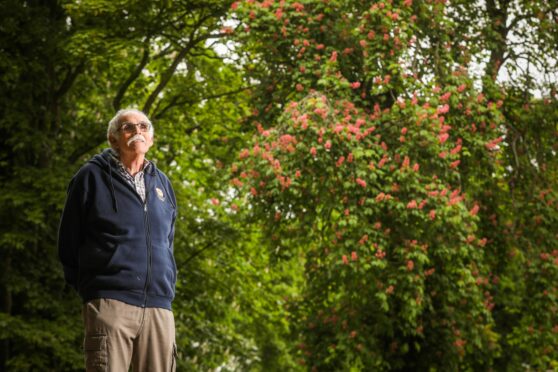

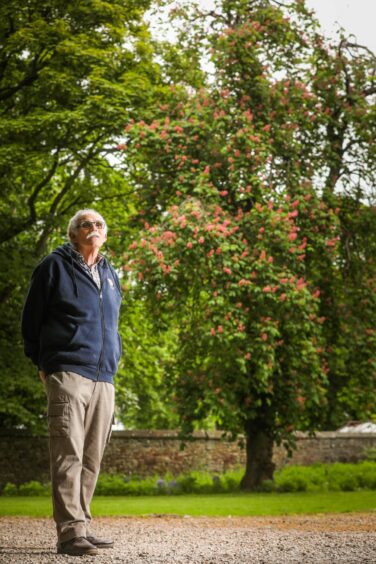
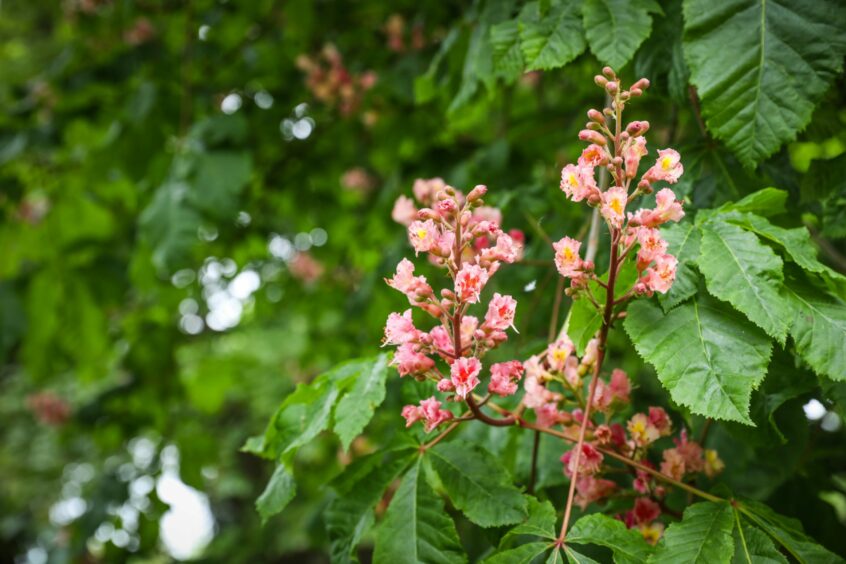
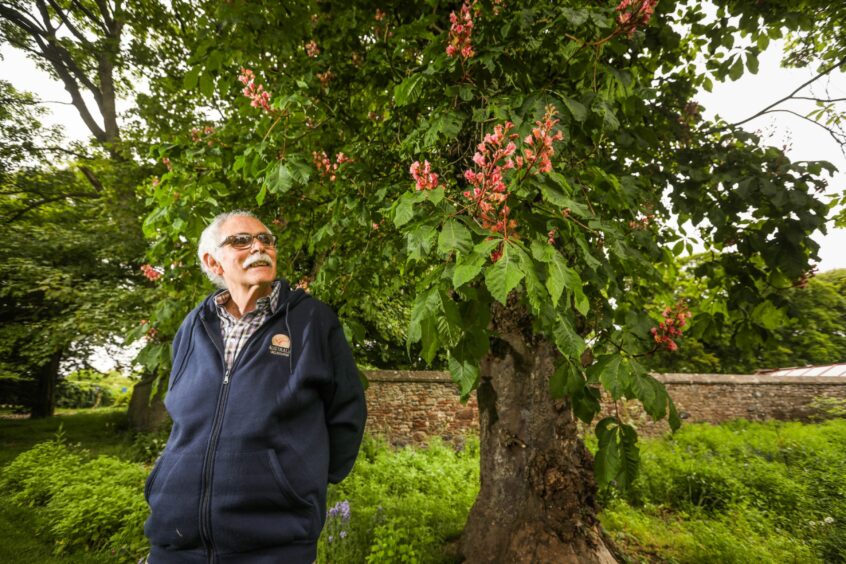
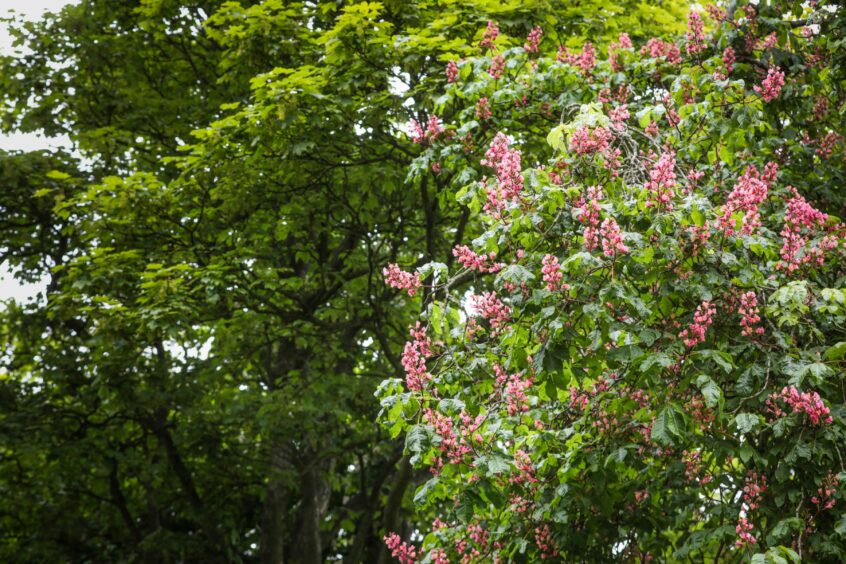




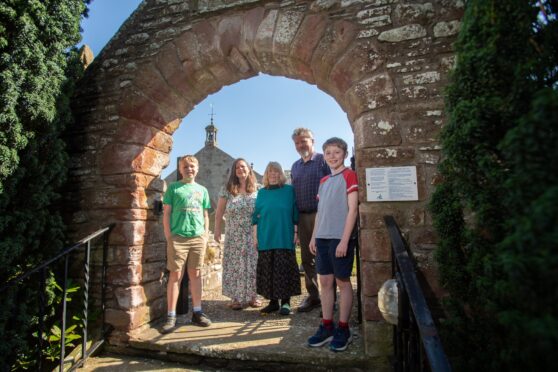





Conversation